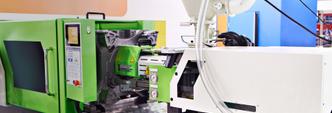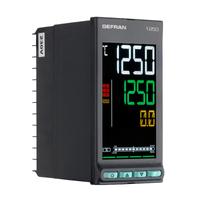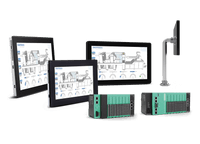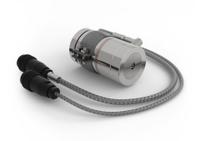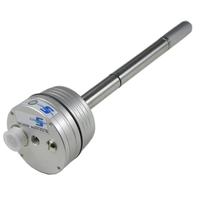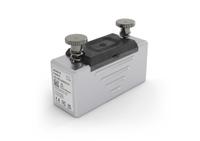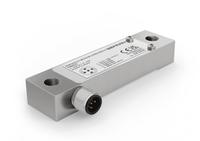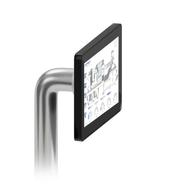Electric injection machines use direct-controlled electric motors to move the main axes, completely replacing hydraulics. They offer precision, energy efficiency and silent operation, which make them ideal for applications in high-tech sectors such as medical, electronics and micro-components. The absence of oil reduces maintenance and contamination risk, ensuring cleaner production environments.
Requirements:

Control of the granule
Learn more
Management of the Hot Runners
Learn more
Temperature control of the barrel
Learn more
Control of the moulding process
Learn more
Injection force
Learn more
Measurement of injection pressure at the nozzle
Learn more
Tie bar deformation
Learn more
Deformation of the moving platen
Learn more
Enhancing Production Data
Learn more
Operating Principle
The movements of the injection machines with electric drive (closing, injection, ejection and movement of the unit) are driven by a brushless electric motor with screw transmission. Mechanical energy is supplied on demand, eliminating the constant consumption typical of hydraulic machines that need to constantly maintain pressure in the circuit. The machine is controlled through encoders that guarantee extremely precise and repeatable movements. The injector doses the molten material and introduces it into the mould with programmable speed profiles: it starts with a fast push to fill the cavity, and then slows down near the setpoint, so as to reduce internal tensions and ensure surface quality. Mould closing is also controlled, with modulated speed to approach safely and with electronically adjusted clamping force. This architecture eliminates hydraulic fluids, reducing noise, vibration and heat loss.
Requirements and Technology
The control systems required by electric machines differ from the controls used in traditional hydraulic machines. The main requirements are:
- The position of the motor is adjusted via an encoder; therefore, there is no need for position sensors. However, the feedback of the force that is applied is not easily obtainable, as there is no hydraulic pressure. Special diaphragm wireless load cells, mounted between the motor and the injector, are used to monitor the motor’s thrust.
- Cylinder and mould temperature management, made more critical by the absence of an oil circuit that can act as a heatsink. Gefran PID controllers, GRP-H solid state relays and thermocouples allow fine control, essential for high-precision production.
Overall, the absence of oil is a significant advantage in terms of cleanliness, but it makes mechanical movements less controllable. The closing unit is also usually equipped with a greater number of deformation sensors than a hydraulic mould, to prevent breakage. These solutions allow electric machines to maximise productivity and energy efficiency, guaranteeing quality and repeatability in the most demanding sectors.
Gefran offers a complete range of control platforms, pressure and position sensors and modular solutions that can be easily integrated into any plant, to ensure efficiency, safety and constant quality for the injection moulding process of plastic or rubber products.
